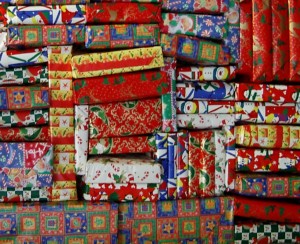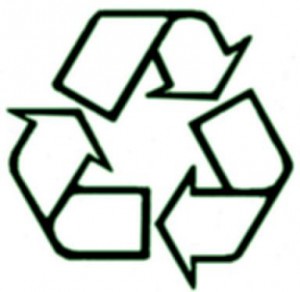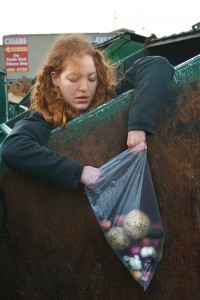March 26th, 2009
By Shermakaye Bass
Green Right Now
These days it’s not just individual Hollywood A-listers who are going green in their personal lives; they’re taking the entire movie set in a sustainable direction. Some eco-driven insiders have even started up side businesses to complement their work in film. And who knows, with emerging companies like Film Biz Recycling in New York and EcoSet Consulting in Los Angeles, the industry may have just conjured up a new wave of green troops.
Shannon Schaefer, founder of the fledgling EcoSet Consulting (website still in progress), is on the front lines. During her stint as production secretary on the Coen Brothers’ film A Serious Man in Minneapolis last fall, she helped the Coens and FOCUS Features studio divert more than 11 tons of waste from the landfill.
From unused film to leftover food to set props, Schaefer and others recycled or composted the kinds of things that normally end up in a trash dump somewhere.
It started when Schaefer, who has worked in film production for several years (and who officially started her company in December), made it known that she would take charge of greening the set, if the film’s muckety-mucks were interested. As it turned out, FOCUS Features had already instituted a policy to make its operations as eco-friendly as possible, so Schaefer founder herself in charge of not just clean-up, but green-up.
During the 44-day shoot, she says, 80 percent of the 14 tons of trash was diverted. To start, organizers avoided the use of plastic water bottles whenever possible – instead, providing water stations and reusable bottles around the location, preventing an estimated 10,000 plastic water bottles from going to the city dump. Yet only 6 percent of the diverted waste was recycled cardboard, bottles or cans. Surprisingly, 74 percent of the refuse went to compost, including virtually everything from catering and craft services – fruits, vegetables, meat, bones, dairy, paper and corn eating utensils (plates, napkins, cups, forks, knives). “Basically anything that was once an animal or a plant is now compost,” Schaefer said.
The way it began was organic, Schaefer says. She didn’t approach the filmmakers or the set supervisors; she was already part of their crew.
“When I was hired on, I let my supervisors know that I was interested in doing this, and so I was kind of figuring out the logistics for it at the beginning of prep. I’d written up a little memo to the crew and production office, sort of a sustainability statement saying we wanted the film to be as un-wasteful as possible. And so I was already working with my direct supervisors when it came from the top. FOCUS Features had to be the ones to say, ‘Go ahead’ – because often there can be additional costs to recycling and diverting waste.”
Once given the go-ahead, the production office worked with Minneapolis’s Eureka Recycling and local hauler Boone Trucking. In doing so, they were not only able to set a tone within the industry; they were able to show ultimate respect for their host town – by not trashing it.
“I’ve seen a lot of waste,” Schaefer says, “and I’ve been in the position to where even though I care about it, I’m too exhausted to deal with it after filming. So, I’ve been there – I know how hard it can be. But if you have the prep time, if you know you’re doing it in advance and that you just have to implement some new systems, it’s not that difficult.
“It’s something I really care about, and the industry has to change. I want to be part of that change. You can sit and talk about it all you want, but if you don’t do something, then you’re part of the problem.”
Schaefer says she believes that more and more film production crews and studios are moving in the same direction – away from the city dump and toward a self-created (or pre-existing) compost site.
Copyright © 2009 Green Right Now | Distributed by Noofangle Media




